Tech users have always struggled with juggling multiple chargers for their devices, but USB Power Delivery (PD) charging technology solves this problem. The advanced charging protocol makes devices charge faster and keeps them safe.
USB PD chargers mark the most important advancement in charging technology. A single PD charger powers devices of all types - from smartphones and tablets to laptops that come with USB-C ports. Users no longer need separate chargers for each device, and their gadgets still charge at optimal speeds.
This detailed guide shows what PD charging means, its essential features, and why modern devices now prefer this charging standard. You'll find how this technology works and see its real-world benefits in daily use.
The Technical Foundation of PD Charging
USB Power Delivery's sophisticated power management capabilities are its technical foundation. A USB PD charger can deliver power from a simple 5V up to 48V, with a maximum power output of 240W. This shows how far we've come from traditional USB charging methods.
The power profiles supported by USB PD has:
· Standard Power Range (SPR): Up to 100W (20V, 5A)
· Extended Power Range (EPR): Up to 240W (48V, 5A)
The system uses an advanced communication protocol through Configuration Channel (CC) lines to enable live power negotiation between devices. This dynamic power management helps connected devices get optimal power levels based on their specific needs.
The system features Programmable Power Supply (PPS) technology that allows precise voltage adjustments in 20mV steps and current modifications in 50mA increments. The latest USB PD 3.2 specification brings Adjustable Voltage Supply (AVS) to fine-tune voltage between 15V and 48V in 100mV steps for better performance.
that use these advanced features to deliver optimal charging performance.Check out Pisen's range of USB PD chargers
Safety remains a priority through multiple protection mechanisms. USB PD-compliant devices have built-in safeguards against overvoltage, overcurrent, and overheating. These protection features work with the communication protocol to deliver safe power across all supported voltage levels.
Compatibility and Device Support
USB PD technology today works with devices from major manufacturers across all product categories. The standard supports, which makes it perfect for everything from smartphones to high-performance laptops power delivery up to 240W.
These devices support USB PD:
· Google Pixel phones
· Apple iPhones (iPhone 8 and newer)
· MacBooks
· Many OnePlus smartphones
· Various laptop brands
Most modern smartphones now use USB PD 2.0 and 3.0 specifications. The European Union's mandate for USB-C adoption by 2024 has pushed manufacturers to implement USB PD technology in their devices.
The standard goes beyond simple charging capabilities. USB PD controllers merge with Alternate Mode features, especially when you have DisplayPort™ interface and Thunderbolt™ technology. This versatility makes USB PD chargers from trusted manufacturers like perfect for devices of all types.
USB PD supports multiple voltage levels in its power profiles. Standard Power Range delivers up to 100W (20V at 5A). Extended Power Range supports up to 240W through voltages of 28V, 36V, and 48V. This enables faster charging speeds while built-in protection mechanisms keep devices safe.
Devices using more than 60W need special cables. The system checks cable compatibility automatically and limits power delivery to 3A with non-compatible cables. This smart power management keeps charging safe for all supported devices.
Practical Applications and Use Cases
USB PD charging technology works well in environments of all types, from homes to large institutions. USB PD chargers can than standard USB charging methods power devices up to 70% faster. This makes them perfect for anyone who needs a quick power boost.
USB PD charging stations excel in professional settings like:
· Schools and universities
· Medical facilities and labs
· Government and military installations
· Factory workstations and data centers
USB PD chargers are a traveler's best friend. Modern travel adapters support over 150 countries;and charge up to six devices at once. Users don't need multiple chargers anymore because optimal power delivery is guaranteed for each connected device.

The technology shines in automotive use. Modern USB PD Car chargers pump out up to 100W of power. This lets users charge laptops and other power-hungry devices during their drive. Mobile professionals find this feature invaluable.
Home and office charging has improved by a lot. Multi-port chargers now deliver up to 300W of total power. This means you can charge several high-power devices at the same time. Take a look at to find reliable charging solutions for any scenario.
Conclusion
USB Power Delivery technology represents a major step forward in charging solutions. It helps modern device users charge faster and safer through smart power management. The system supports up to 240W output. Most major manufacturers have adopted this technology, which makes it a lasting investment for users who need quick charging.
The benefits become obvious in ground applications. USB PD handles various charging scenarios with ease. You can charge multiple devices at home, power your laptop while traveling, or set up charging stations at work. The technology automatically adjusts power levels and includes safety features that protect all supported devices.
Smart buyers who need reliable USB PD charging should head over to . Pisen's chargers blend PD technology with safety features that work well for home and office use. The technology's popularity continues to grow. New USB-C requirements will soon make it the standard choice for charging.
Related reading:How to Choose the Best Power Bank for iPhone and Android

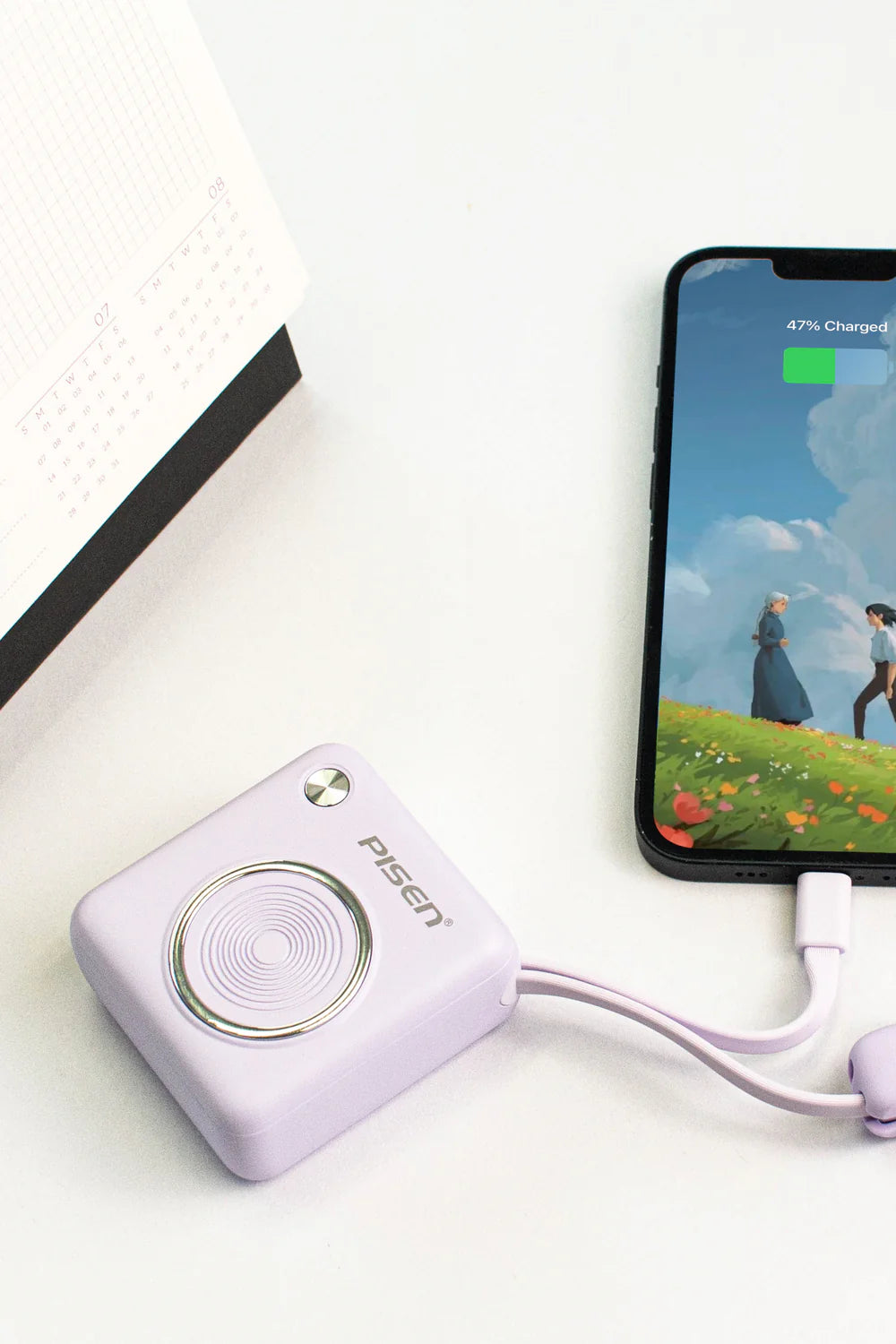
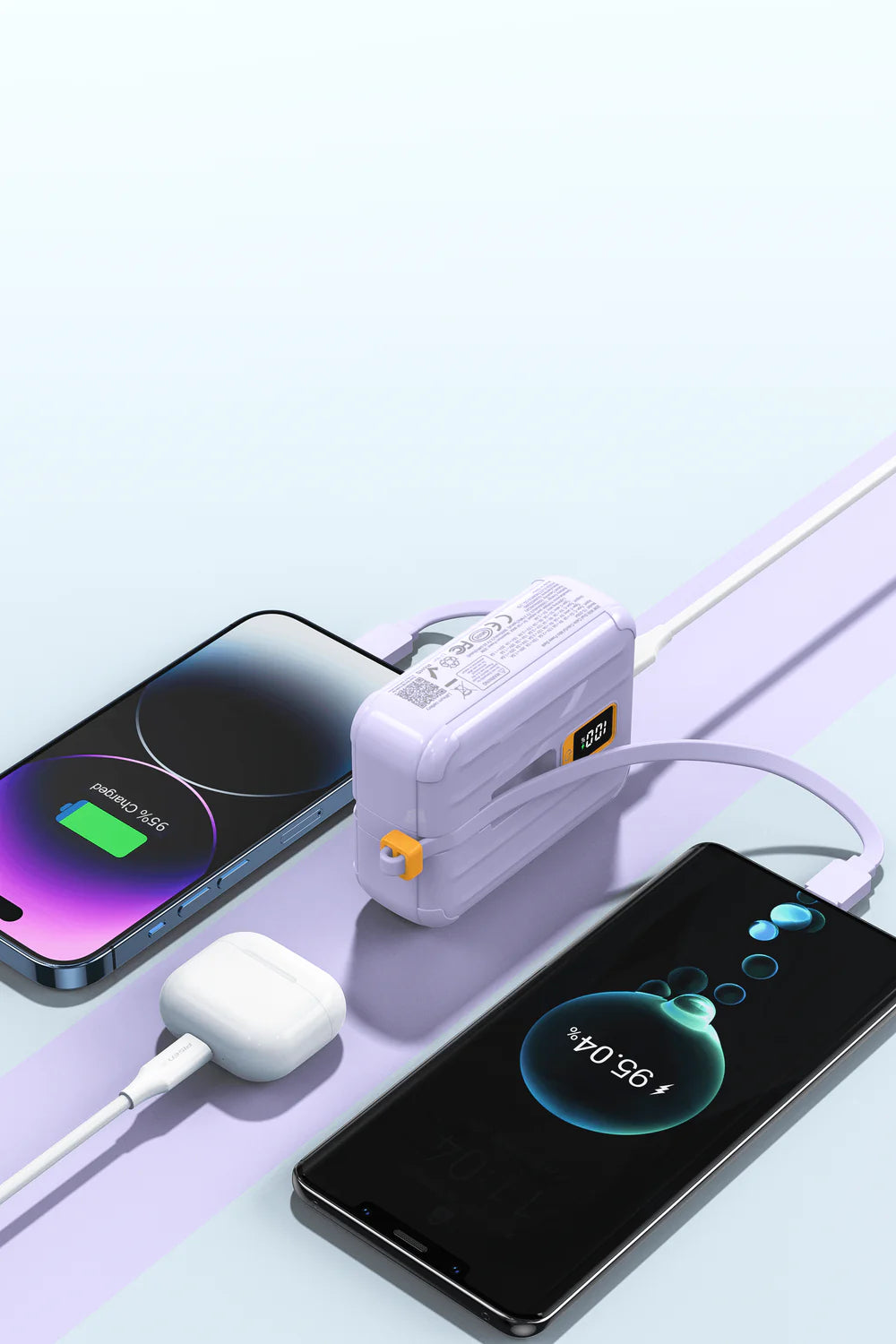
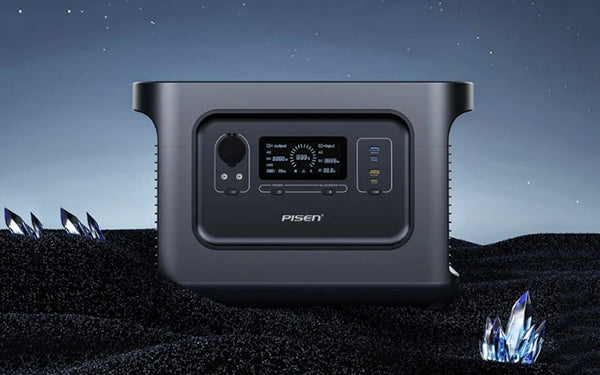
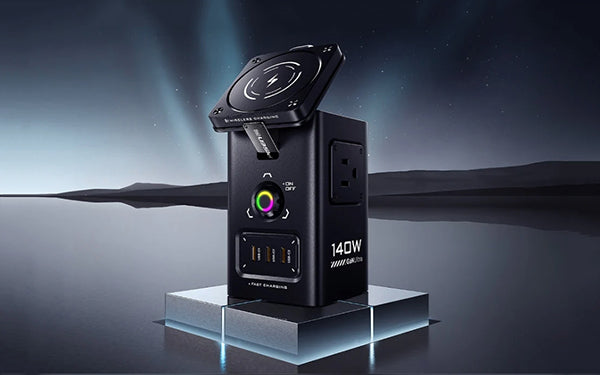
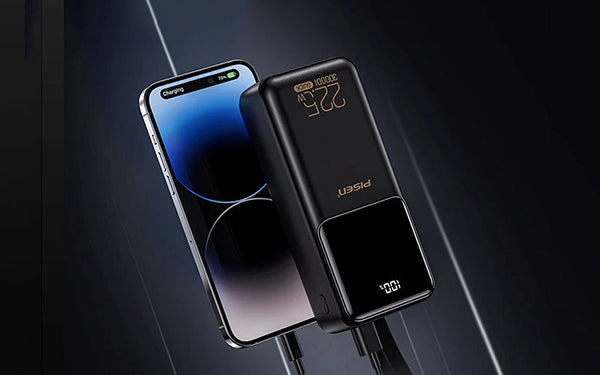
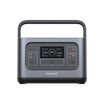
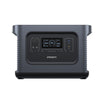

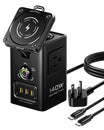
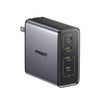
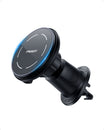
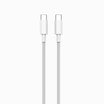
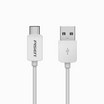

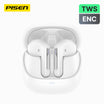
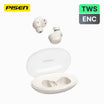
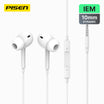

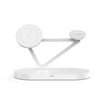
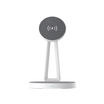
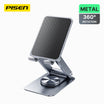
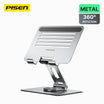
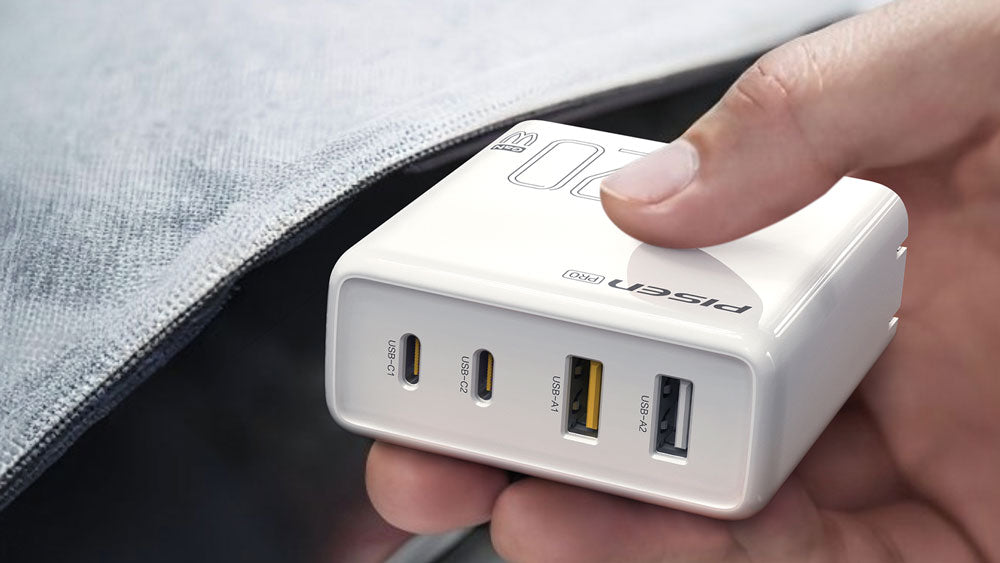
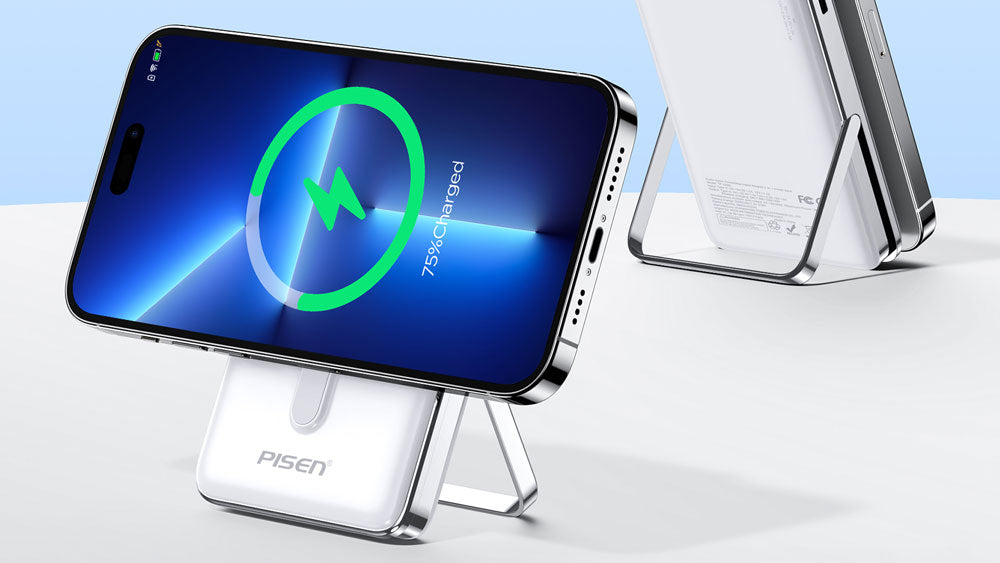

Leave a comment
This site is protected by hCaptcha and the hCaptcha Privacy Policy and Terms of Service apply.